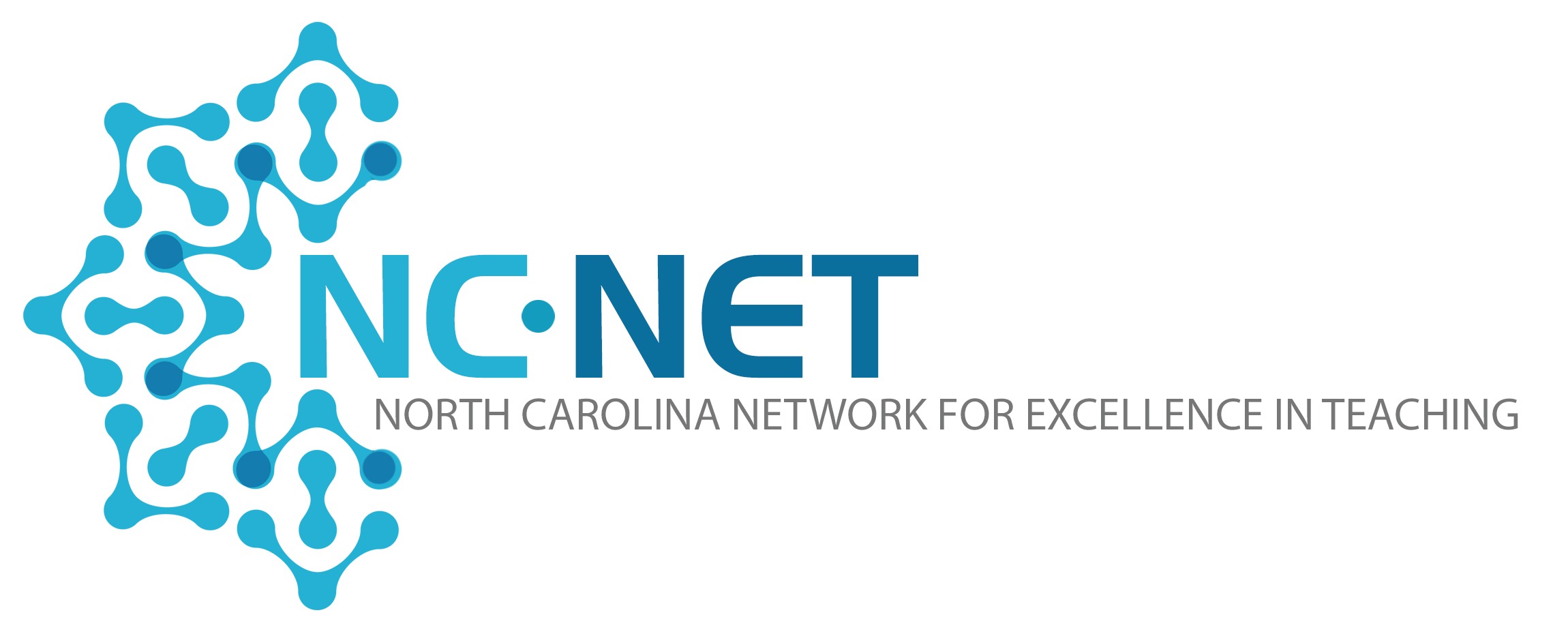Instructional Resources
November Resources of the Month
OPEN EDUCATION RESOURCES
SkillsCommons is a free and open digital library containing hundreds of workforce training materials developed under the US-DOL’s TAACCCT program. This month’s featured collection is the Manufacturing Open Courseware offering content for composites technology, mechatronics technology, and understanding circuits for manufacturing.
TEACHING TECHNIQUES
Active Reading Documents are instructor-prepared forms that guide students through the process of critical and careful reading. This teaching tip from the K. Patricia Cross Academy includes a 2-minute video outlining the technique for use with in-person classes and an alternative video explaining how to adapt the technique for online instruction. Templates are also available for free download.
KEY ISSUES IN HIGHER ED
7 Things You Should Know About Mental Health and Higher Education
Mental health has become the subject of open, honest discussion in higher education and beyond. Fallout from the pandemic thrust mental health into an even broader, brighter spotlight, exposing long-standing sources of stress, anxiety, and depression and creating new ones. This 2-page brief provides concise information on an important topic increasingly affecting teaching and learning.
Promoting a Positive Personal Digital Presence to Prepare Students for the 21st Century Workforce
Lane Freeman, NCCCS Director of Online Instruction
Traditional on-campus college settings often challenge students to step out of their comfort zones, develop as individuals, and build essential employability skills. However, in online courses we don’t always create the opportunities students need to develop digital employability skills.
The concept of “Personal Digital Presence” (PDP) encompasses a student’s entire digital footprint, personal and professional. PDP can be defined as how well an individual represents themselves through text, social media, live web conferencing, and recorded video presentations. A positive PDP is the culmination of being an outstanding digital citizen and maintaining an appropriate digital footprint. Promoting the importance of a positive PDP is critical to preparing students for the 21st-century workforce.
Recently, we have witnessed dramatic shifts in the workforce landscape. Prospective employers interview candidates through Microsoft Teams, Skype, Zoom, WebEx, and other video conferencing software. Many employers are allowing remote work and meetings are conducted via webcams. The shift in how employers conduct business has created a new set of digital skills necessary for employees. But to prepare students for the workforce, these skills must be taught.
The Internet is an Open Book for Employers
Although most students are comfortable with electronic communications, many don’t know what is culturally appropriate for the online classroom or a professional setting. Students often mistakenly believe a digital presence can be binary, in which a person has a professional digital presence and a separate private digital presence. While students may attempt to develop distinct differences between these online presences, the two can never be separated. When employers look to hire or promote an employee, they don’t just visit the candidate’s LinkedIn profile page; they also research social media platforms for appropriate behavior. We do our students a disservice if we give them the impression they can maintain separate public and private internet personas.
Employers Expect Professional Behavior
Online instructors frequently observe poor netiquette from their students, such as emailing in all capital letters, using texting language or sarcasm in emails, and unprofessional or improper dress during videos. It’s the role of the college to train students on what is and is not appropriate in a digital setting.
Students are often unaware of what may not be considered appropriate behavior because platforms like Instagram, TikTok, Facebook, Snapchat, and Twitter often provide examples of inappropriate and unprofessional expressions of digital presence. We shouldn’t assume students have been taught to identify appropriate, professionally-expected behaviors in an online setting. In fact, many students have no awareness of their PDP. We must teach students to be good digital citizens within a safe learning environment.
Instructors Foster Positive PDP
Consider implementing interventions that include outcomes focused on developing a positive PDP among students. Model appropriate digital behavior and correct inappropriate behavior rather than penalizing it. An intervention could include first-year-experience courses with learning outcomes directed towards a positive PDP. It could also include professional development for faculty and staff focused on fostering good digital citizenship and how to react to appropriate and inappropriate online student behavior.
Faculty should consider not only using written communication in their online courses but also requiring live video conferencing and recorded video presentations. These means of digital communication not only provide students an opportunity to apply digital skills in a safe learning environment but also provide faculty the opportunity to provide honest feedback on a student’s PDP. Allowing students the opportunity to present in a non-text based format also aligns with online best practice by differentiating instructional strategies to reach all learners.
Positive PDP Leads to Online Interview Success
Although the online student is the most likely candidate at an institution to be required to record themselves giving an online presentation or attending a synchronous class meeting, these digital employability skills need to be shared with traditional on-campus students as well. If a student’s first experience using a web-conferencing tool is during a job interview, the student could be more anxious about the technology and the awkwardness that comes with talking to a webcam than the interview questions. Familiarity with the technology could be the difference between the student being offered or denied the position and it may have no bearing on the type of employee the student would be. Virtual education and work environments are here to stay, and it is incumbent on colleges to prepare students for the digital workforce they will join. Nurturing a positive PDP should become a common practice for all college courses, regardless of delivery mode.
